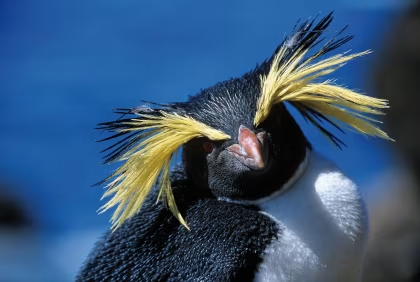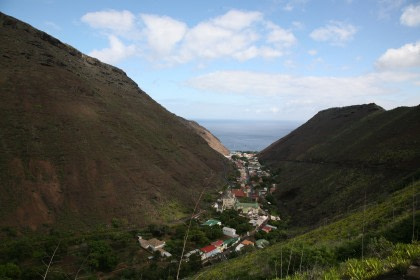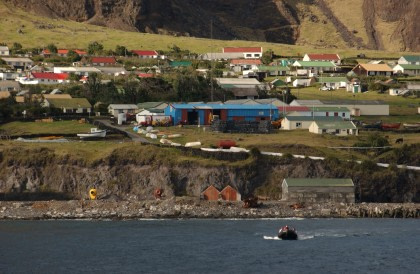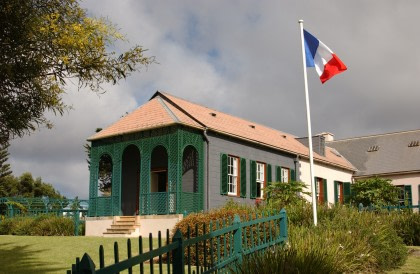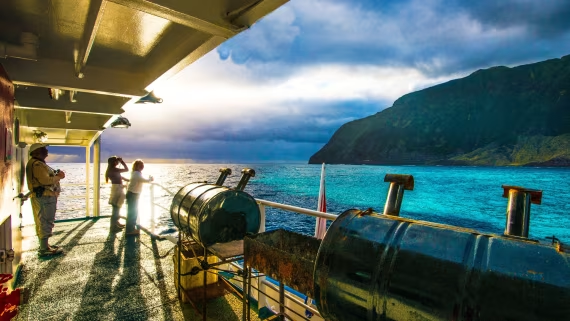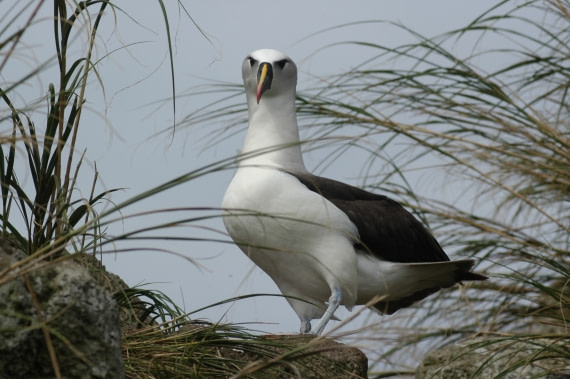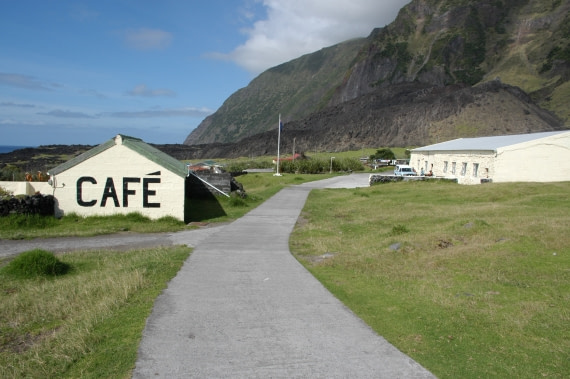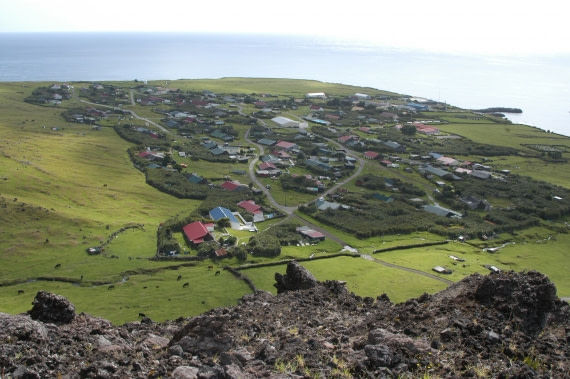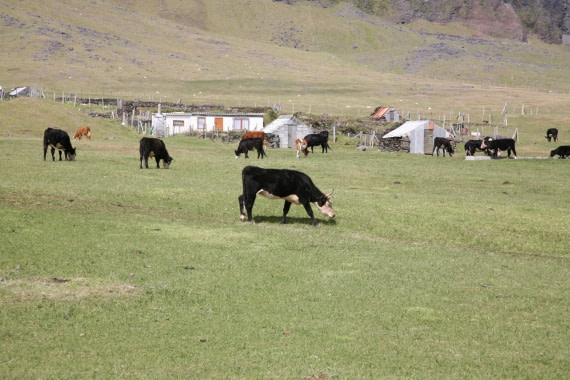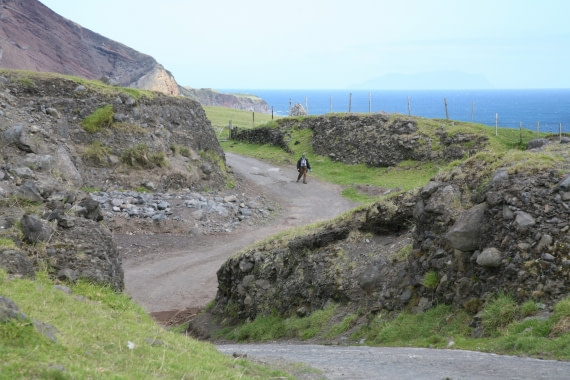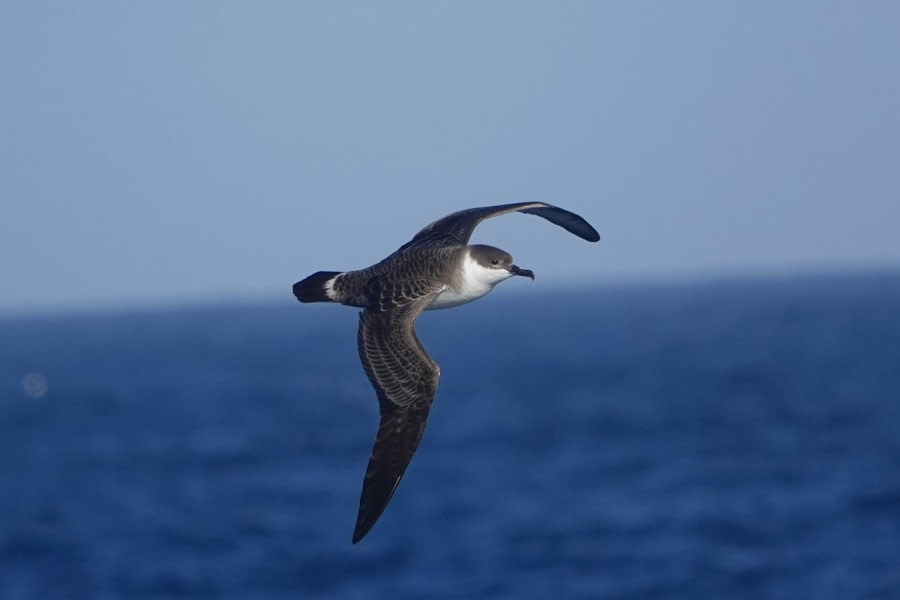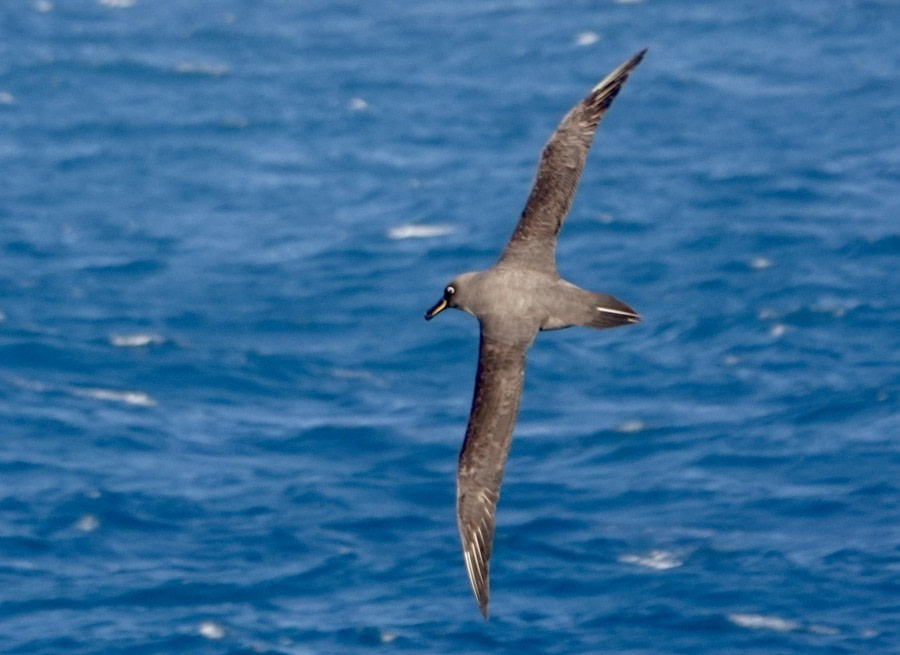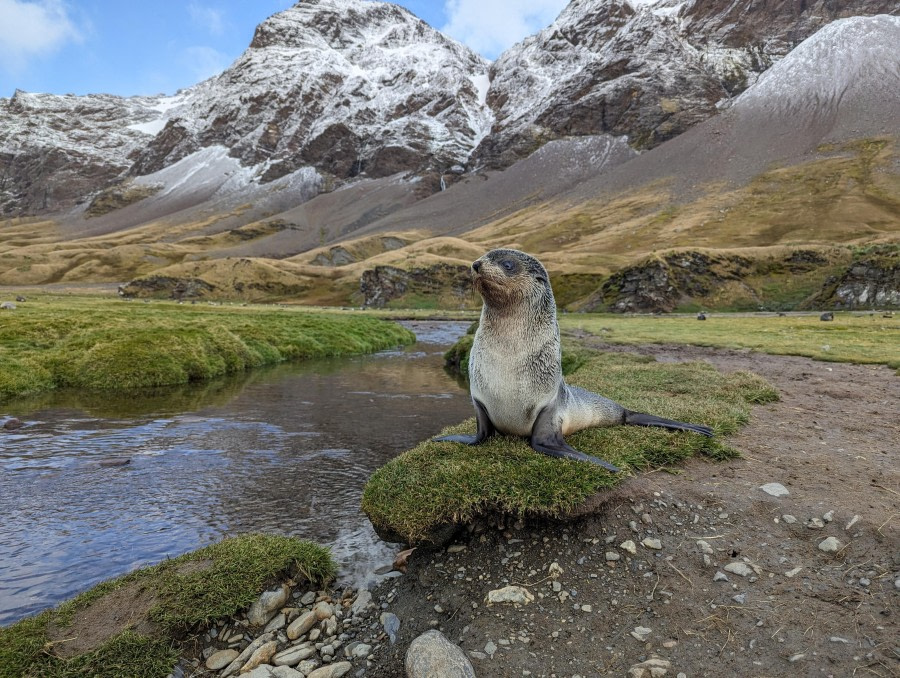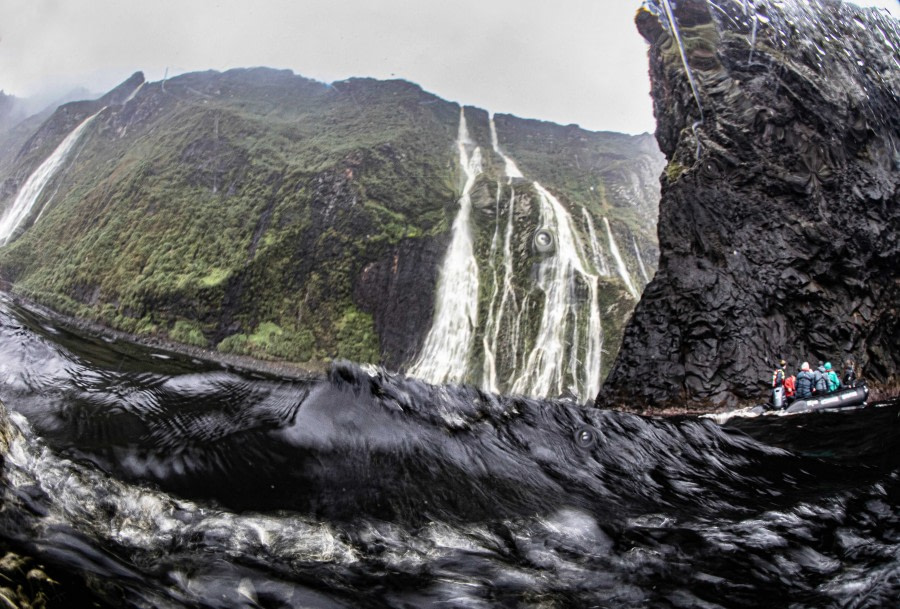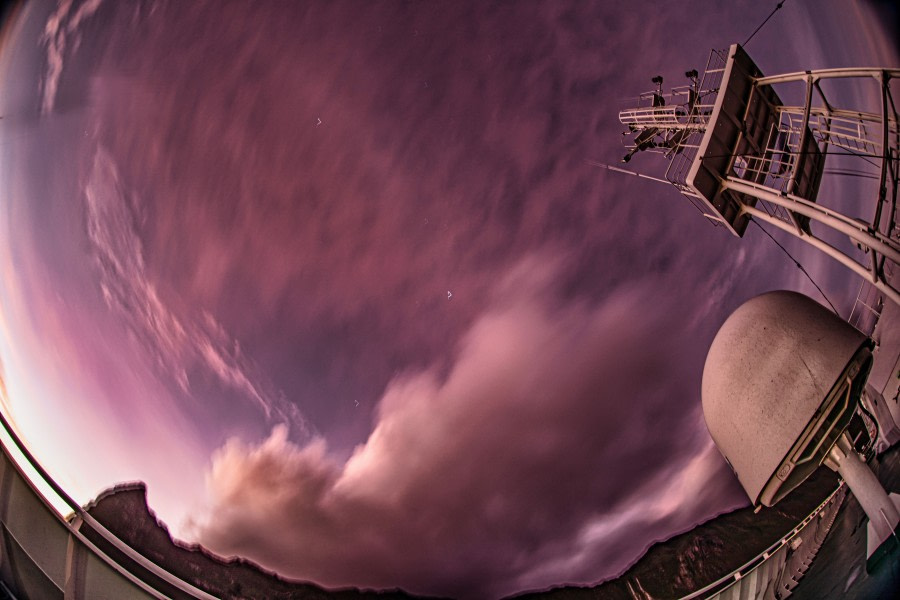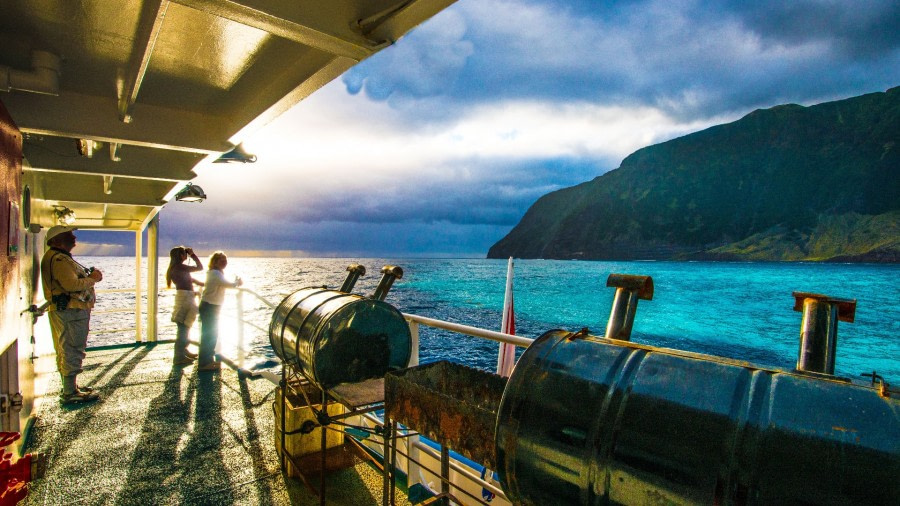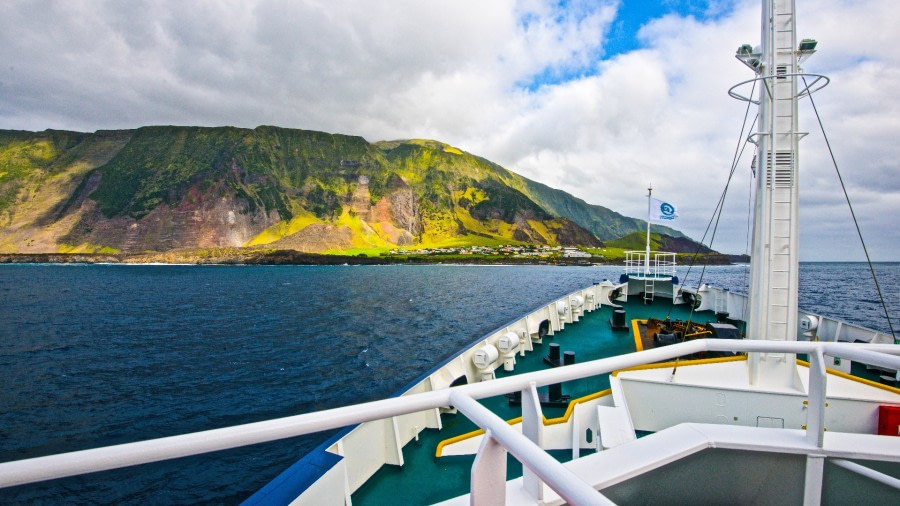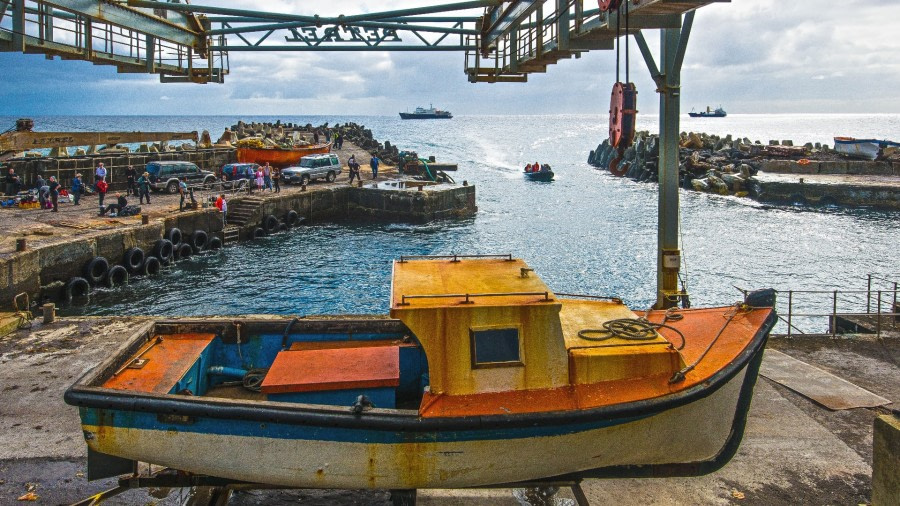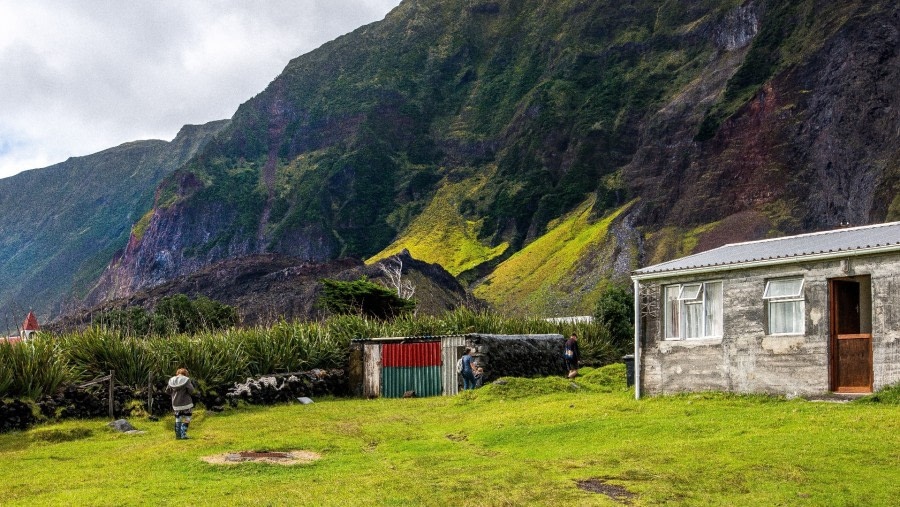Tristan da Cunha es un lugar muy especial, un volcán activo donde vive gente, localizada en el medio del Océano Atlántico. La isla es usualmente conocida como la isla habitada más remota del planeta, pero también es famosa por la cultura de Tristan, su belleza natural y la gran cantidad de aves marinas que reproducen allí.
Cruceros a Tristan da Cunha
Odisea Atlántica incl. Península Antártica a Cabo Verde
26 mar. - 7 may., 2027
•Código del viaje: PLA32D27
El crucero Atlantic Odyssey visita algunas de las islas más remotas del mundo, cruzando las rutas migratorias de Charranes articos, Skuas de cola larga, otras aves y una gran variedad de ballenas en sus expediciones anuales hacia el norte para la temporada...
de: 17055 USD
Odisea Atlántica incl. Península Antártica a Cabo Verde
23 mar. - 4 may., 2026
•Código del viaje: PLA31B26
El crucero Atlantic Odyssey visita algunas de las islas más remotas del mundo, cruzando las rutas migratorias de Charranes articos, Skuas de cola larga, otras aves y una gran variedad de ballenas en sus expediciones anuales hacia el norte para la temporada...
de: 16380 USD
Odisea Atlántica incl. Península Antártica a Santa Elena
26 mar. - 27 abr., 2027
•Código del viaje: PLA32C27
El crucero Atlantic Odyssey visita algunas de las islas más remotas del mundo, cruzando las rutas migratorias de Charranes articos, Skuas de cola larga, otras aves y una gran variedad de ballenas en sus expediciones anuales hacia el norte para la temporada...
de: 14760 USD
Odisea Atlántica incl. Península Antártica a Santa Elena
23 mar. - 24 abr., 2026
•Código del viaje: PLA31A26
El crucero Atlantic Odyssey visita algunas de las islas más remotas del mundo, cruzando las rutas migratorias de Charranes articos, Skuas de cola larga, otras aves y una gran variedad de ballenas en sus expediciones anuales hacia el norte para la temporada...
de: 14175 USD
Odisea del Atlántico excl. Península Antártica a Cabo Verde
4 abr. - 7 may., 2027
•Código del viaje: PLA33C27
Durante los días en el mar las posibilidades de encontrarse con ballenas son altas. Sea testigo de la migración primaveral hacia el norte de aves nórdicas como Charranes articos y Skúas colilargos que se unen a nosotros para cruzar el Ecuador ("la Línea").
de: 10755 USD
Último blog e historia de un cliente
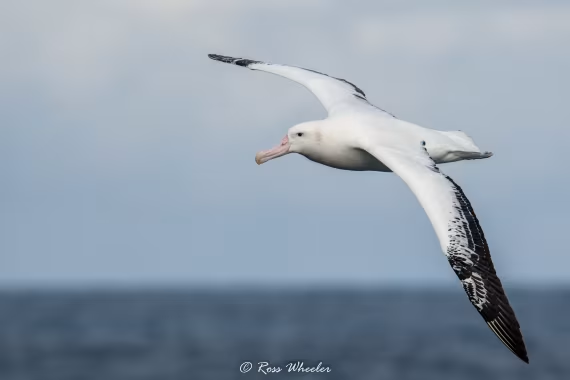
Los ocho albatros de la Antártida y el subantártico
Tanto si se dirige a la Antártida, al subantártico o a una combinación de ambos, esta entrada le proporcionará toda la información importante sobre los albatros, así como los mejores lugares para encontrar a estas aves.
Lo más destacado y la vida salvaje
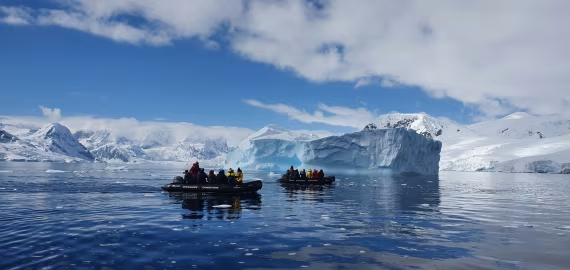
Vea los aspectos más destacados que puede experimentar:
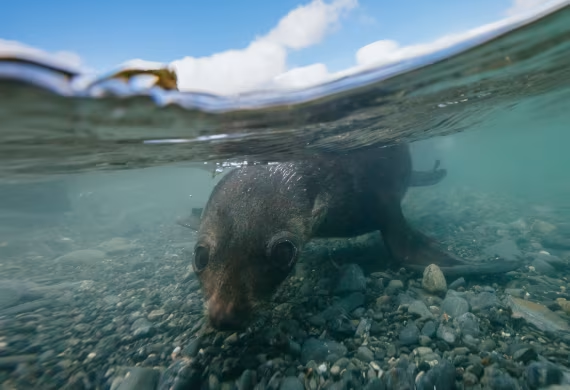
Vea los aspectos más destacados que puede experimentar:
Mapa de Tristan da Cunha
Tristan da Cunha foto fantásticas
Tristan da Cunha Reseñas de cruceros
Tristan da Cunha preguntas frecuentes
¿Cómo es la temperatura en Tristán de Acuña?
Tristán de Acuña tiene una temperatura placentera todo el año. El clima húmedo causa una gran cantidad de lluvia, y es muy poco probable para las áreas por debajo de 500 metros (1.600 pies) que experimente heladas. La temperatura media anual de Tristán de Acuña es de unos suaves 14,8 grados Celsius (58,6 grados Fahrenheit).
El rango de temperatura en enero es típicamente entre 15,4 a 20,4 grados Celsius (59,7 a 68,7 grados Fahrenheit). Durante agosto, se puede esperar un rango de temperatura del 9,7 a la 14.3 grados Celsius (49.3 a 57.6 grados Fahrenheit).
¿Que tipo de vida Silvestre puedo ver en Tristán de Acuña?
Tristán de Acuña se ha ganado la designación de BirdLife International como Área Importante de Aves. Hay dos especies de aves terrestres que permanecen todo el año. Otras 13 especies de aves marinas adicionales anidan en la isla. El Petrel Atlántico ha elegido Tristán de Acuña y la Isla Gough como su unico lugar de anidación en el mundo. También tal vez pueda ver el albatros errante, gaviotines antárticos, pingüinos de penacho amarillo del norte durante su viaje a Tristán de Acuña.
Mamíferos marinos son también frecuentemente vistos alrededor de las islas, especialmente el lobo marino de dos pelos subantártico es una especie a tener en cuenta, ya que no puede ser visto en ningún otro lado. Una de las aves más difíciles de ver en el mundo se encuentran en la Isla Inaccesible: el rasconcillo de Tristán de Acuña. El nombre lo dice todo, no es un lugar fácil de desembarcar.
¿Vive gente en Tristán de Acuña?
A partir del censo de 2015, Tristán de Acuña tiene una población permanente de 268 habitantes. Todos los residentes viven en Edimburgo de los Siete Mares, lo que significa que sólo una pequeña porción de Tristán de Acuña está habitado. Los cruceros a Tristán de Acuña pueden aumentar temporalmente la población de la zona, pero nadie nuevo puede establecerse en la isla sin la aprobación de todos los residentes permanentes.
¿Quienes son los dueños de Tristán de Acuña?
Tristán de Acuña es un territorio de ultramar británico. Fue descubierta por primera vez en 1506, pero no tuvo pobladores hasta 1810. En 1816 Tristán de Acuña fue anexada por el Reino Unido y ha permanecido bajo control británico desde aquel entonces. El lugar tiene su propio sistema político, pero la reina es la autoridad ejecutiva.
¿Cuáles son las características únicas de Tristán de Acuña?
A pesar de la limitada infraestructura y la extensa cantidad de aves marinas, Tristán de Acuña es tal vez más conocida por sus deshabitadas reservas de vida silvestre: la Isla Gough, Inaccesible, y Nightingale, que son las islas más grandes del archipiélago.
En total hay seis islas volcánicas que hacen a la región de Tristán de Acuña. La costa noroeste es la única parte de la isla que no es montañosa. Un enorme y hermoso volcán activo comprende la mayor parte de la isla principal de Tristán de Acuña.
Un viaje a Tristán de Acuña también ha inspirado a muchas mentes creativas, y fue incluida en novelas escritas por Edgar Allan Poe y Julio Verne.
Galería de fotos
Acerca de
Cruceros por Tristan da Cunha
Tristan da Cunha es una isla remota del Atlántico Sur.
Tristan da Cunha es un lugar muy especial, un volcán activo donde vive gente, localizada en el medio del Océano Atlántico. La isla es usualmente conocida como la isla habitada más remota del planeta, pero también es famosa por la cultura de Tristan, su belleza natural y la gran cantidad de aves marinas que reproducen allí.
Facts about Tristan da Cunha
- Tristan da Cunha is part of the same British overseas territories as is St. Helena and Ascension Island.
- Tristan da Cunha is the most remote inhabited group of islands on Earth.
- The islands were found by Portuguese sailor Tristão da Cunha in 1506.
- The capital city of Tristan da Cunha is Edinburgh of the Seven Seas.
- The British Royal Mail Service has to assign Tristan da Cunha a postal code in 2005 because too much of their mail was getting sent to Edinburgh in Scotland.
- About 275 people make up the permanent population on the main island of Tristand da Cunha. Between them they share only 8 family surnames.
- Other islands in the group are named Gough, Nightingale, and Inaccessible. The latter is home of the flightless Rail, one of the most difficult birds in the world to get to see.
Travel to Tristan da Cunha
Tristan da Cunha is often called the most remote inhabited island of the world but is also famous for its specific Tristan culture, its natural beauty and the large number of seabirds that breed there. A Tristan da Cunha cruise takes you into a bird-watcher’s paradise. The four islands that make up the group are the breeding grounds for Northern Rockhopper penguins, millions of sea-birds, including the native Tristan Wandering Albatross, Atlantic Yellow-nosed Albatross, Atlantic Petrel, the Gough Moorhen, and the Inaccessible Island Flightless Rail.
Your Tristan da Cunha expedition allows you to take in the surrounding waters which are home to Sub-Antarctic Fur Seals, Elephant Seals, and a variety of whales.
